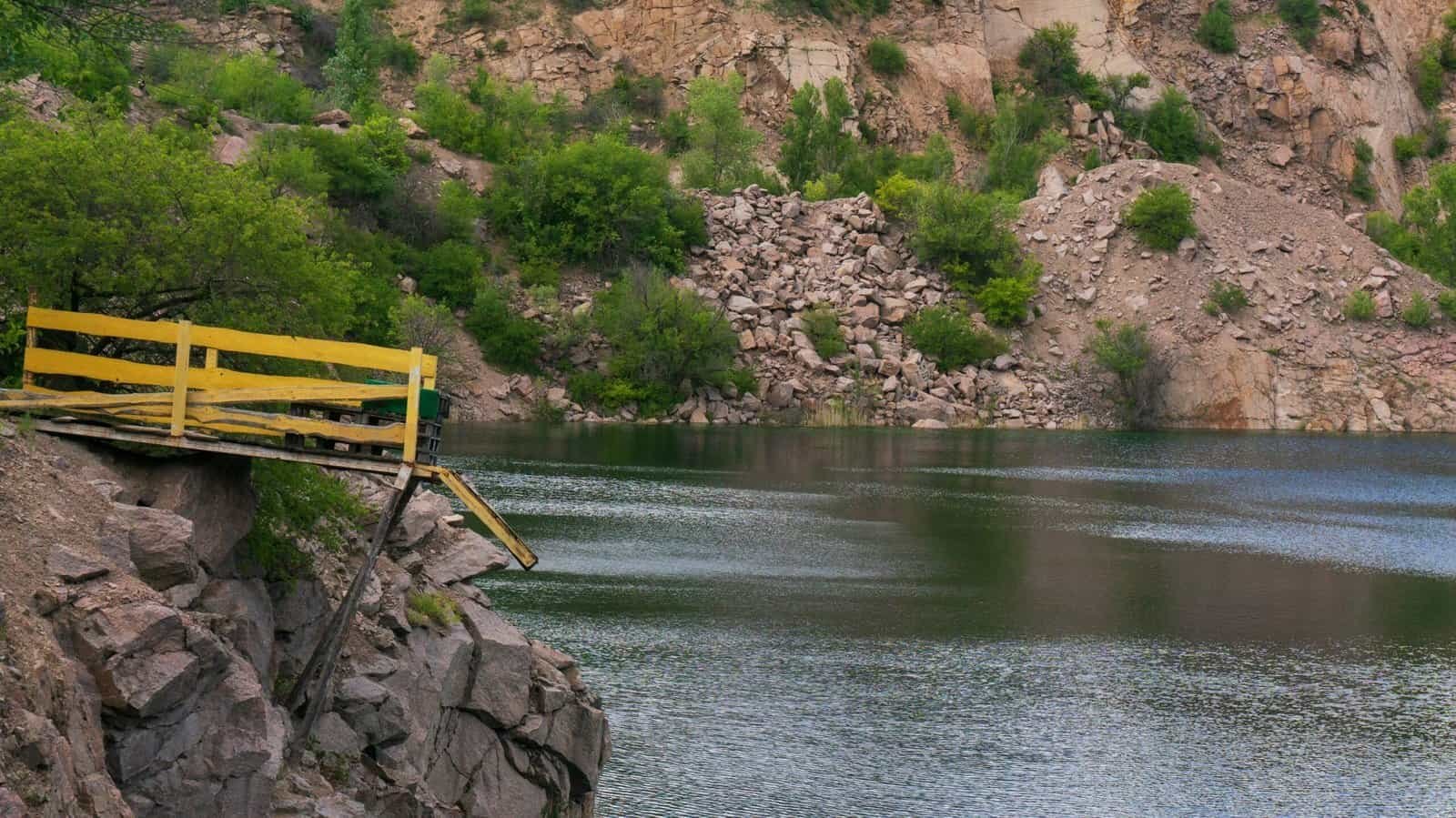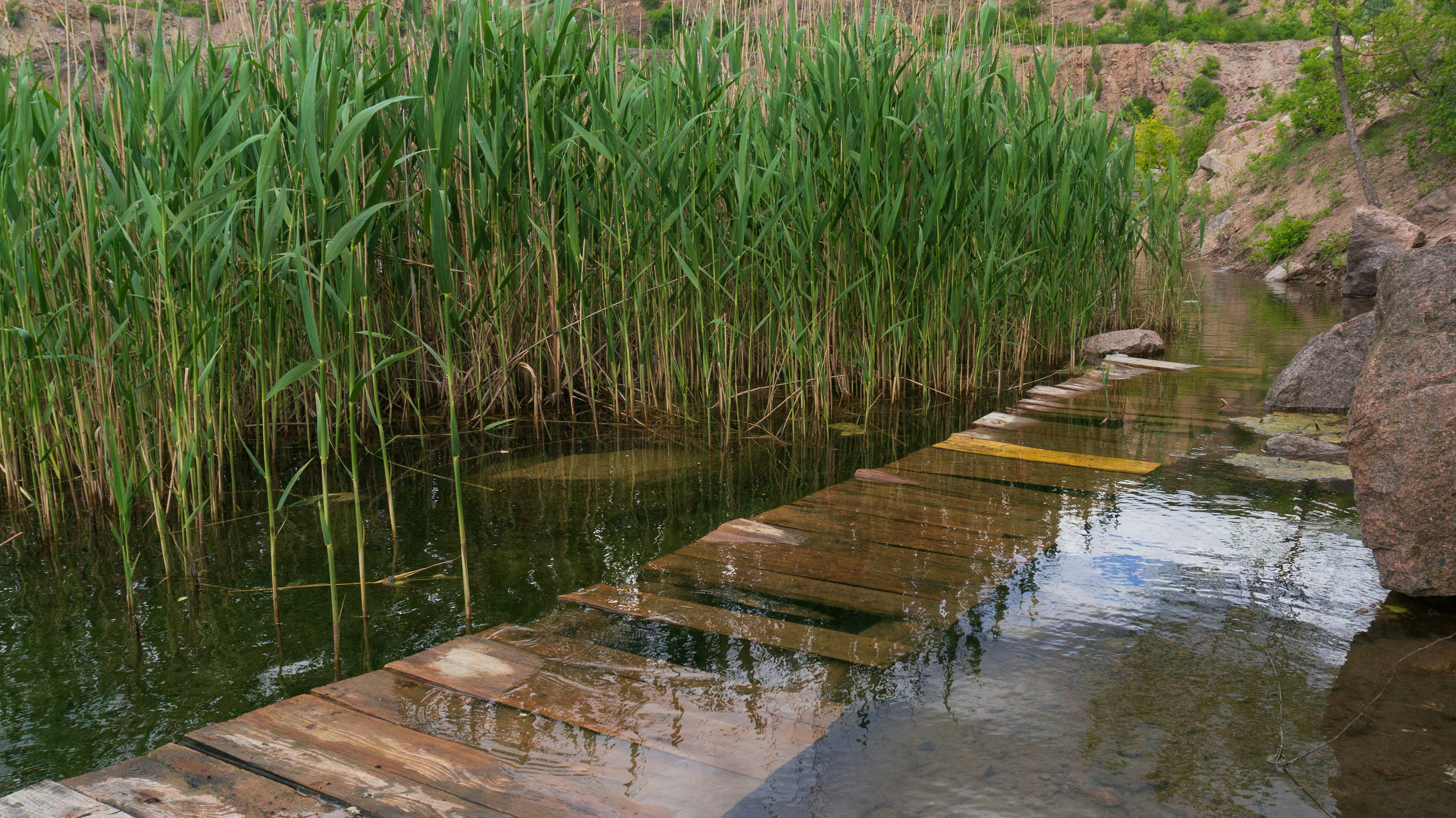Have you ever wondered what might be lurking in the water you draw from your well? Specifically, have you thought about radon in well water and its possible impacts on health and safety? Let’s unpack what radon in well water means and explore this topic thoroughly to provide you with a clearer picture.
Understanding Radon: A Silent Intruder
What is Radon?
Radon is a naturally occurring radioactive gas that is odorless, colorless, and tasteless. It originates from the natural breakdown of uranium in soil, rock, and water. Its presence indoors either in the air or water can pose significant health risks, primarily when it accumulates to elevated levels.
How Does Radon Get into Water Supplies?
Radon can dissolve and accumulate in groundwater sources like wells. This scenario is particularly prevalent in areas where the underlying geology contains high uranium levels. As water moves through these rocks and soils, it picks up radon. When you use this water in your home, radon can be released into the air, contributing to indoor radon levels.

Health Implications of Radon in Well Water
How Dangerous is Radon?
The primary risk associated with radon exposure is an increased risk of lung cancer. This risk is largely due to radon entering your home through well water and contributing to the indoor air radon levels, rather than consuming the water directly. Long-term exposure to high levels of radon can significantly increase the likelihood of developing lung cancer, especially for smokers.
Routes of Exposure
There are two main routes through which radon from well water can affect you:
Inhalation: The more significant risk comes from radon released into the air when you use water for showering, cooking, or other household activities. Radon in air contributes to the overall radon levels within your living spaces.
Ingestion: Drinking water containing radon directly contributes to a minimal risk of stomach cancer compared to radon inhalation.
Is Your Well Water at Risk?
Factors Contributing to Radon Levels in Water
Geological Conditions: Areas with high levels of uranium in the rock and soil naturally have higher radon levels.
Well Type and Depth: Deeper wells are more likely to draw water from radon-rich underground sources, increasing the potential for elevated radon levels.
Testing Your Well Water
It’s critical to test your well water to understand radon levels, particularly if you live in a radon-prone area. Testing kits are available that let you collect a water sample and send it to a lab for analysis. Depending on the outcome, you can determine if further actions are needed.

Solutions for Reducing Radon in Well Water
Mitigation Strategies
There are effective methods available for reducing radon levels in well water, including:
Granular Activated Carbon (GAC) Filters: These systems adsorb radon from the water as it passes through the carbon medium. Regular maintenance and replacement of the carbon are essential to ensure continuous effectiveness.
Aeration Systems: These systems work by agitating the water and venting radon gas to the outside air. While more costly, they are highly effective at removing radon from water.
Regular Monitoring and Maintenance
Ensure ongoing safety by re-testing your water periodically, even after mitigation efforts. Declining effectiveness of mitigation systems can allow radon to creep back into your home environment.

Artesian Wells: A Special Case
What is an Artesian Well?
An artesian well taps into an aquifer where natural pressure forces water up without the need for mechanical pumping. This indicates that the aquifer is under hydraulic pressure, often leading to free-flowing water.
Radon in Artesian Wells
While artesian wells can naturally eject water with less effort, if the aquifer rock is rich in uranium, radon concentrations can still be substantial. It’s equally crucial to test these water sources for radon and apply mitigation techniques if necessary.

Conclusion: Safeguarding Your Health
Understanding and managing radon in well water is essential for safeguarding your health and the well-being of your household. By elevating awareness and taking proactive steps, you can significantly mitigate potential harm. Comprehensive testing, appropriate mitigation strategies, and ongoing monitoring can help ensure that your home remains a safe and healthy environment.
Feel free to extend your research or consult with professionals about radon testing and mitigation to take informed actions, giving you peace of mind over the quality of water your family uses daily. Now, with knowledge in hand, you are better equipped to manage and protect against this invisible threat.

